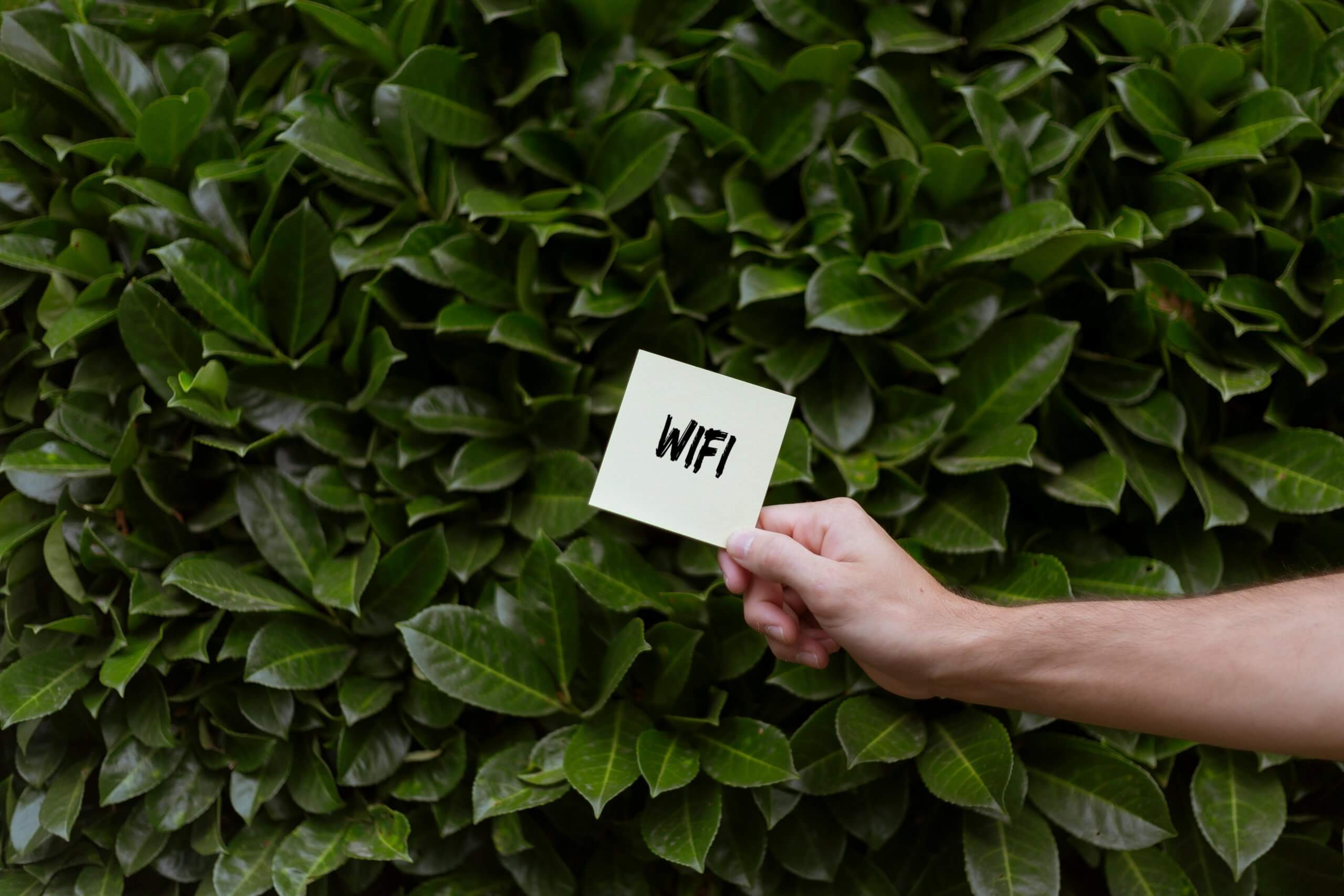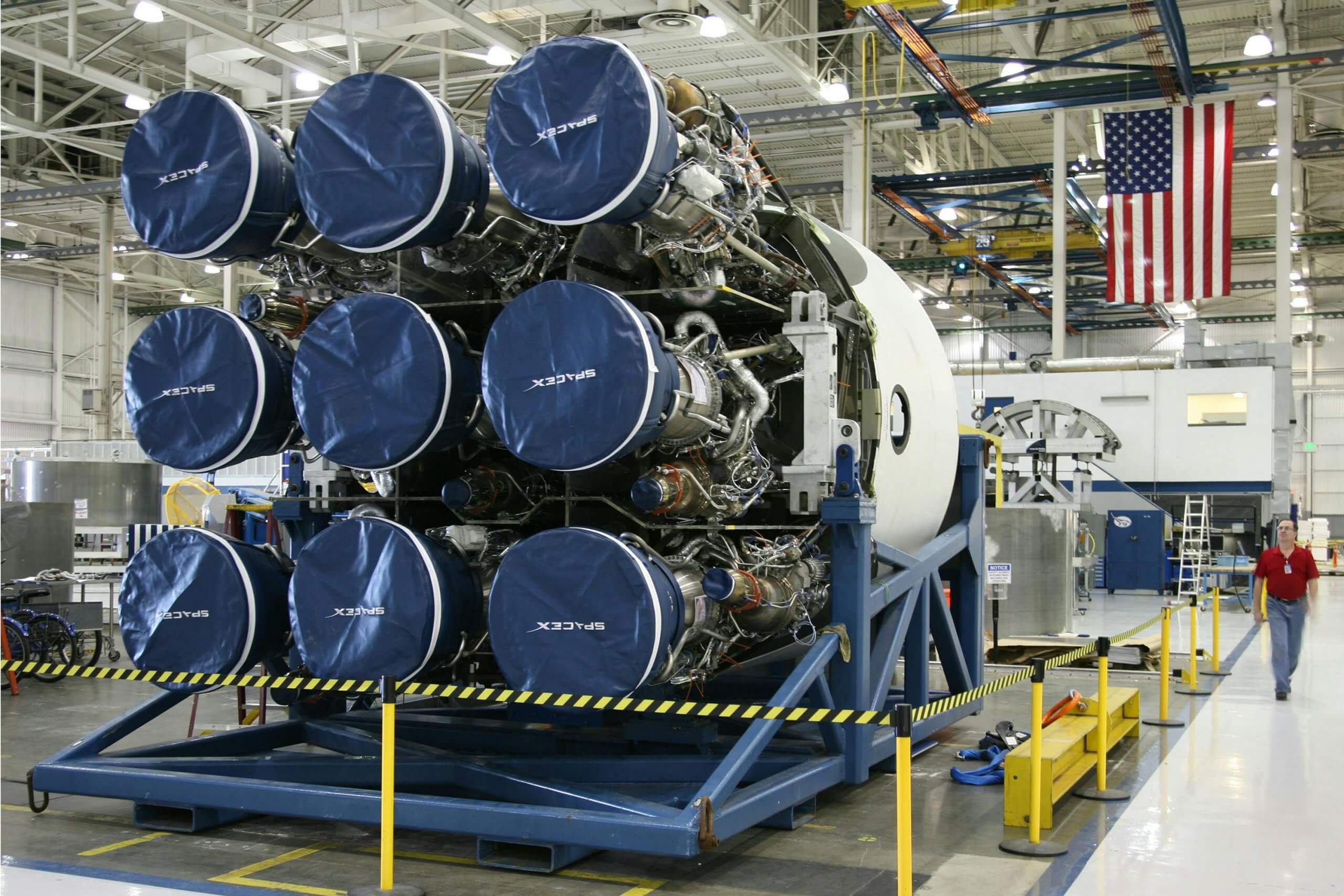New Wi-Fi Attack Affects All Windows Versions
A new Wi-Fi takeover attack is in the wild, and Windows users are being warned to patch their system immediately. The newly identified exploit, broadly known as “Wi-Fi Phishing,” allows threat actors to take control of target devices when connected to a compromised Wi-Fi network.
Through Wi-Fi packet manipulation, an attacker would be able to run arbitrary codes on targeted devices, leading to data theft and malware installation, among other mischievous acts. This vulnerability was found by security researchers who demonstrated how an attacker would exploit this weakness to get full access to a Windows gadget.
The implication is that an attack of such nature does not require physical access to the device in question; the attacker only needs to be within the range of the Wi-Fi network. This attack can act invisibly without the user knowing—the device gets fully compromised. Microsoft has acknowledged that issue and released a security update that, at least partially, can mitigate the risk. Users are urged to update their devices to current updates to remain secure immediately.
The update works to fix the vulnerability by better managing Wi-Fi packets and not allowing through this vector the execution of malicious code. The fact that this vulnerability was discovered raises awareness of how one constantly struggles for security over wireless networks. At the same time, has quite a critical importance to the software update process. Although convenient, Wi-Fi networks have always been an attractive target for attackers because they are widely deployed and most users take lax security measures.
This new vector of attack is just one added layer in an already tricky mission: securing communications over wireless. This is why, in addition to software updating, security experts will recommend the taking of other extra precautions. Users should secure their Wi-Fi networks with strong passwords and use encryption protocols such as WPA3. It is also advised that Wi-Fi be disabled when not in use, since public Wi-Fi networks can easily be compromised by attackers.




